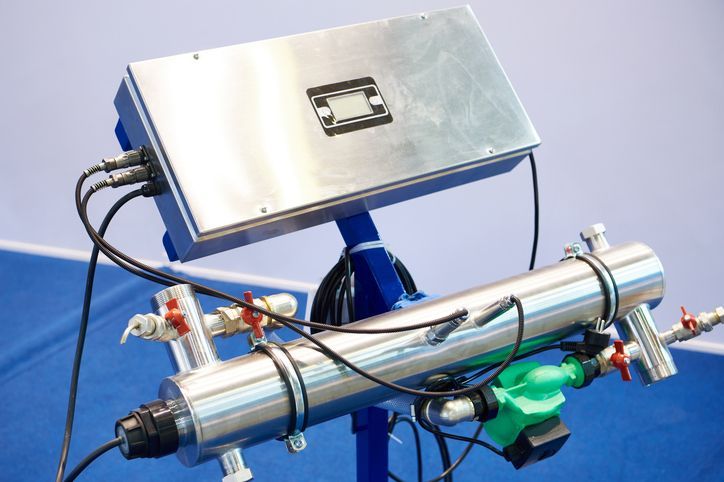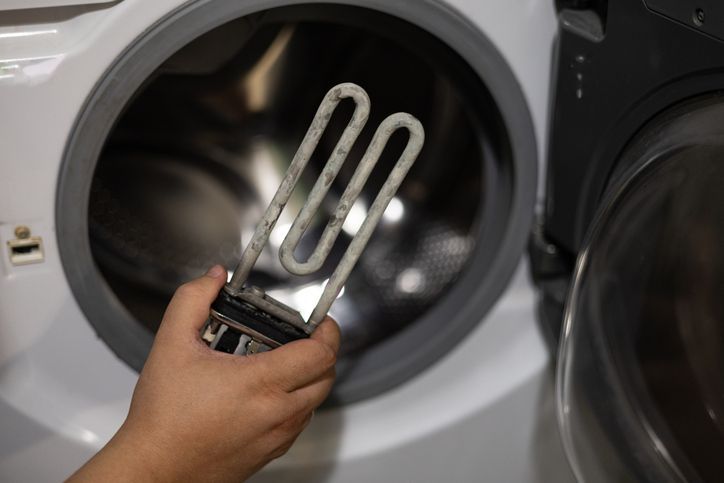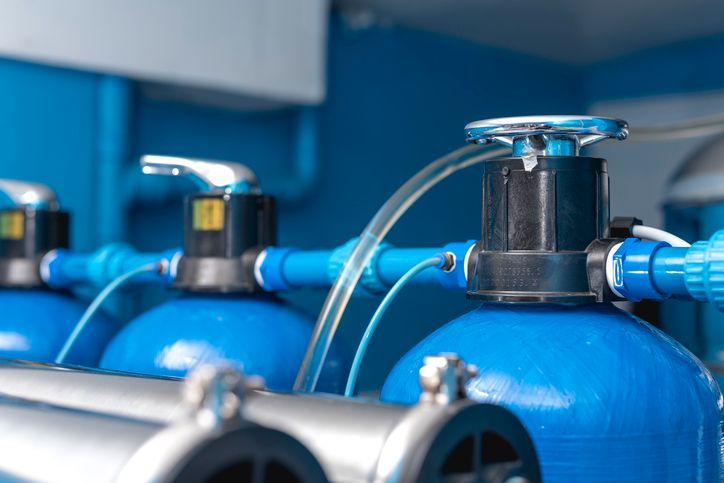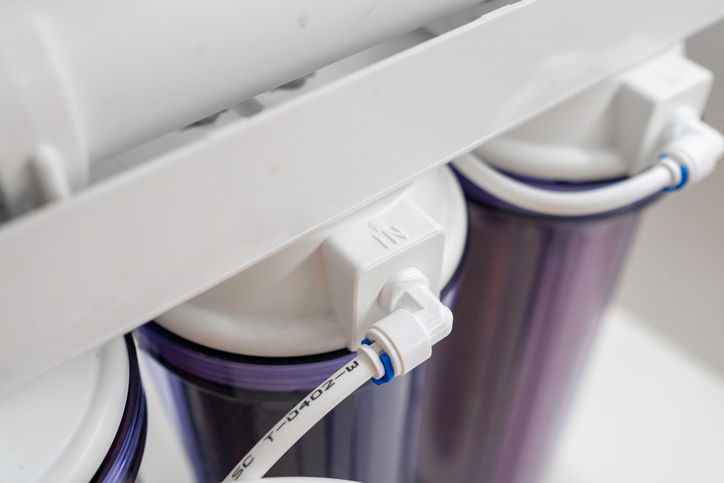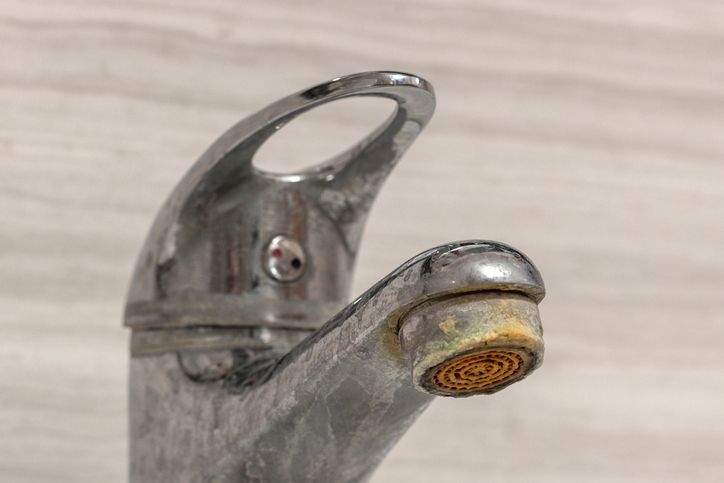What is Removed from Water During Filtration?
What is Removed from Water During Filtration?
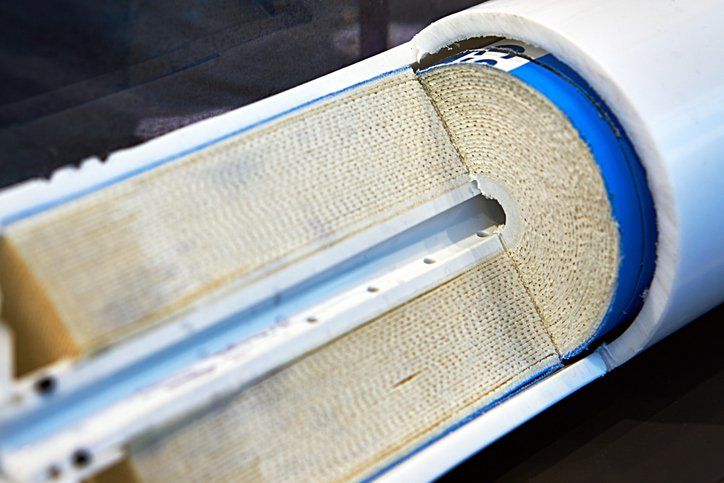
Water filters work effectively to remove a variety of contaminants from our water. What is removed from the water will depend on the type of filter used. A single filter can't remove all impurities, but you can use a combination of water treatment methods to achieve the best results.
Sand, Sediment, and Silt
Most commonly, a water filter works to remove dirt, sediment, sand, and silt from your water. This type of filter is a common part of a water treatment system because it removes the larger particles that can damage other devices, such as reverse osmosis membranes.
Minerals
Most tap water is treated to make it safe for consumption, but even water treatment plants don't remove all the contaminants and minerals from water.
If your home has hard water, it often has elements such as aluminum, calcium, magnesium, manganese, and iron. While these elements are not harmful to ingest, they do affect the way your water tastes and performs for washing clothing and cleaning. These elements can also dry out your skin and leave hard-to-clean residue on household surfaces and appliances.
Bacteria, Chemicals, and Heavy Metals
There are bacteria, chemicals, and heavy metals that can get into your water and cause illness if they aren't filtered out. Water filters can be used to remove a number of toxins, including pesticides, pharmaceuticals, perfluorinated chemicals, mercury, lead, volatile organic compounds, and disease-carrying pathogens.
Water filters can also be used to remove chlorine from your water supply, which can make your water taste unpleasant and smell bad and can even cause skin irritation.
How is it Removed?
Sediment, chemicals, minerals, bacteria, and more can be removed from your water using a variety of water treatment systems.
Backwashing Filter or Cartridge Filter to Remove Sediment
A backwashing filter works as water flows into the filter, and through the filtering media such as filtering sand or please polyester, the larger sediment particles get trapped in the filter. Clean water comes through the other side of the filter.
Active or Chemical Filters to Remove Chemicals and Ions
For the removal of chemicals and ions, you will need to use a type of active or chemical filter. A chemical filter means that the filtering media has been treated so that when it is exposed to certain contaminants, it elicits a change in the contaminants.
After the contaminants have been changed, the filter will trap and hold the contaminants to remove them from the water. Active filters are available in a variety of types, such as granular activated carbon and ion exchange. Each type of active filter is used for a different type of contaminant.
Granular Activated Carbon (GAC) to Remove Chlorine and Other Chemicals
Granular Activated Carbon is a form of carbon that has been specifically treated to give it a large, porous surface area so it can attract chlorine and organic compounds. AS the water passes through the carbon, the choline molecules and other contaminants present in the water get caught in the pores of the GAC. This removes them from the water. This process is called adsorption.
GAC also works great to remove pesticides and other chemicals in your water. Catalytic carbon is a type of activated carbon that also works well for this purpose. With carbon filters, you get an effective system that can attract and hold various chemicals such as pesticides and arsenic.
Oxidizing Filters for Removing Metals
Iron and manganese can often be found in water, but luckily they can be removed effectively using an oxidizing filter. This type of filter oxidizes the metals. This causes them to become solidified in the water, and then they can be filtered out of the water. These types of filters also work well to remove sulfur from your water.
Water Softener to Resolve Hard Water Issues
A water softener works by exchanging the minerals for sodium ions. This process makes your water soft and eliminates the various issues such as limescale that occur due to hard water.
Water Treatment Systems for Butler Homeowners
At Aqua Solutions, we offer a variety of water treatment systems to help remove these elements from your water. Contact us today to learn more!
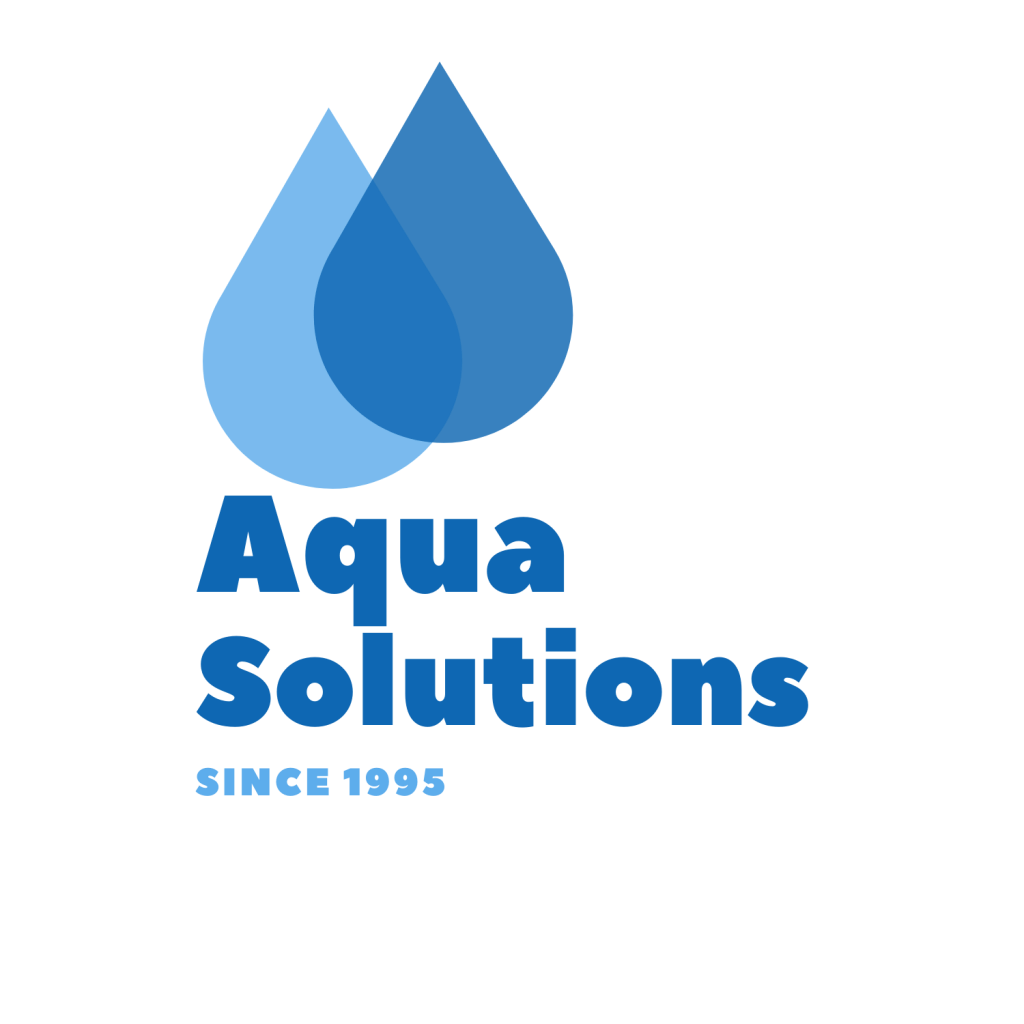
Author:
Gary Monks
Gary Monks has led Aqua Solutions since 1997, earning recognition as a water treatment expert with 25 years of experience. Renowned in Butler, he has won the Best Water Treatment award for three years and actively supports the community, including local sports and radio engagements.
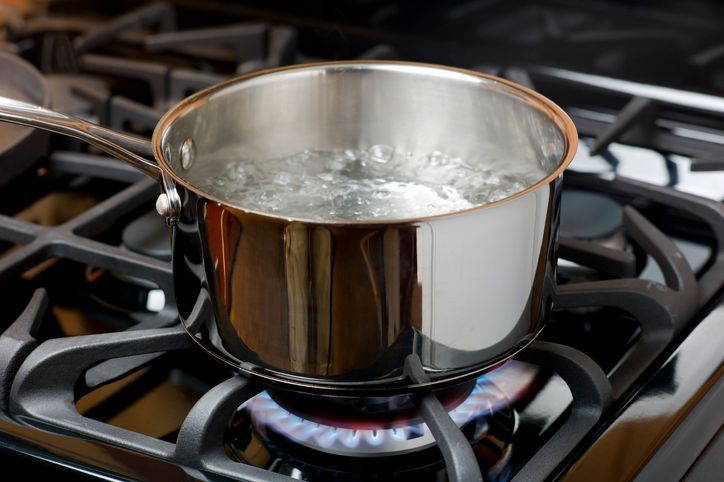
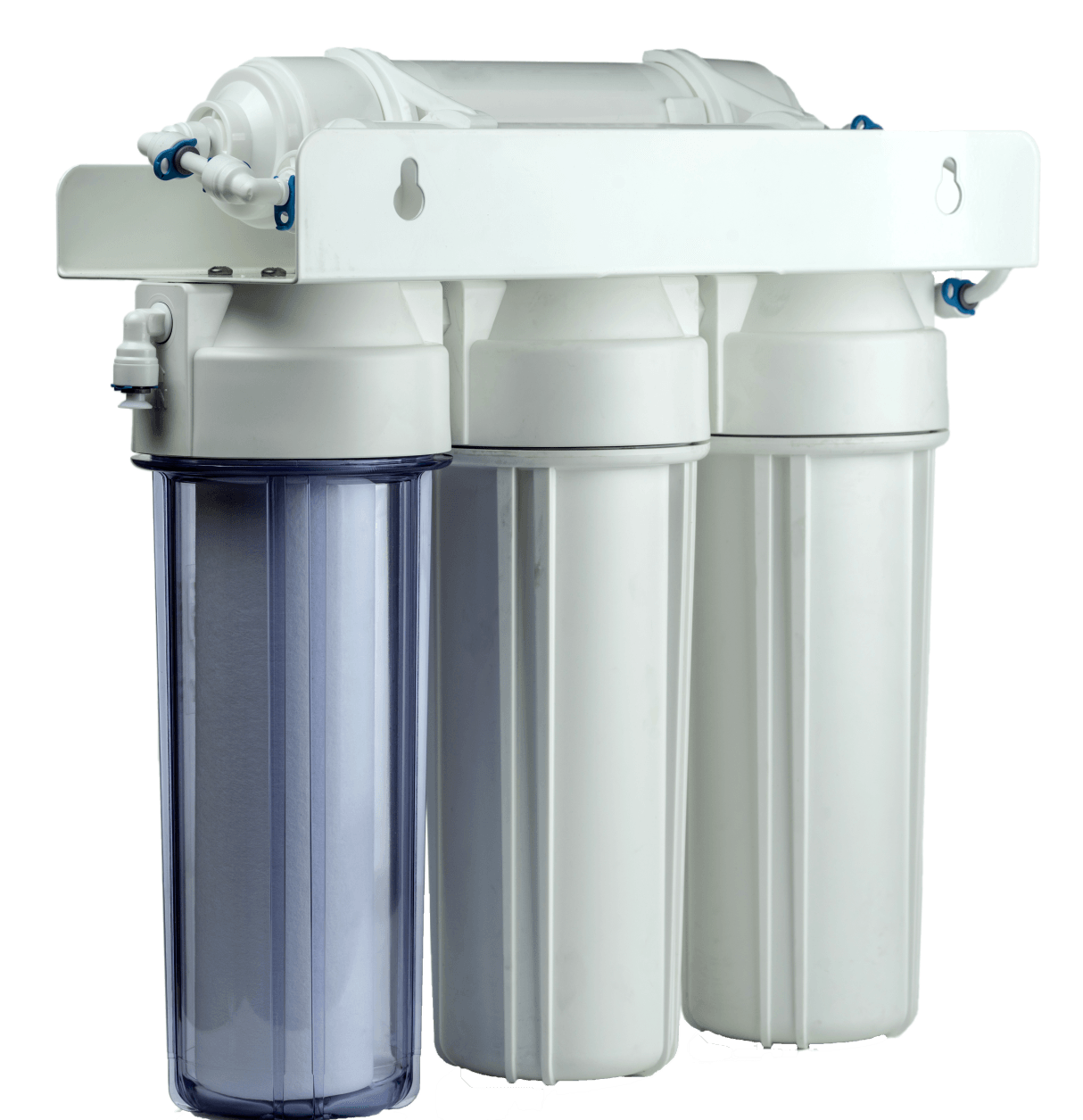
Get a Free Consultation Today!

All Rights Reserved | Aqua Solutions

